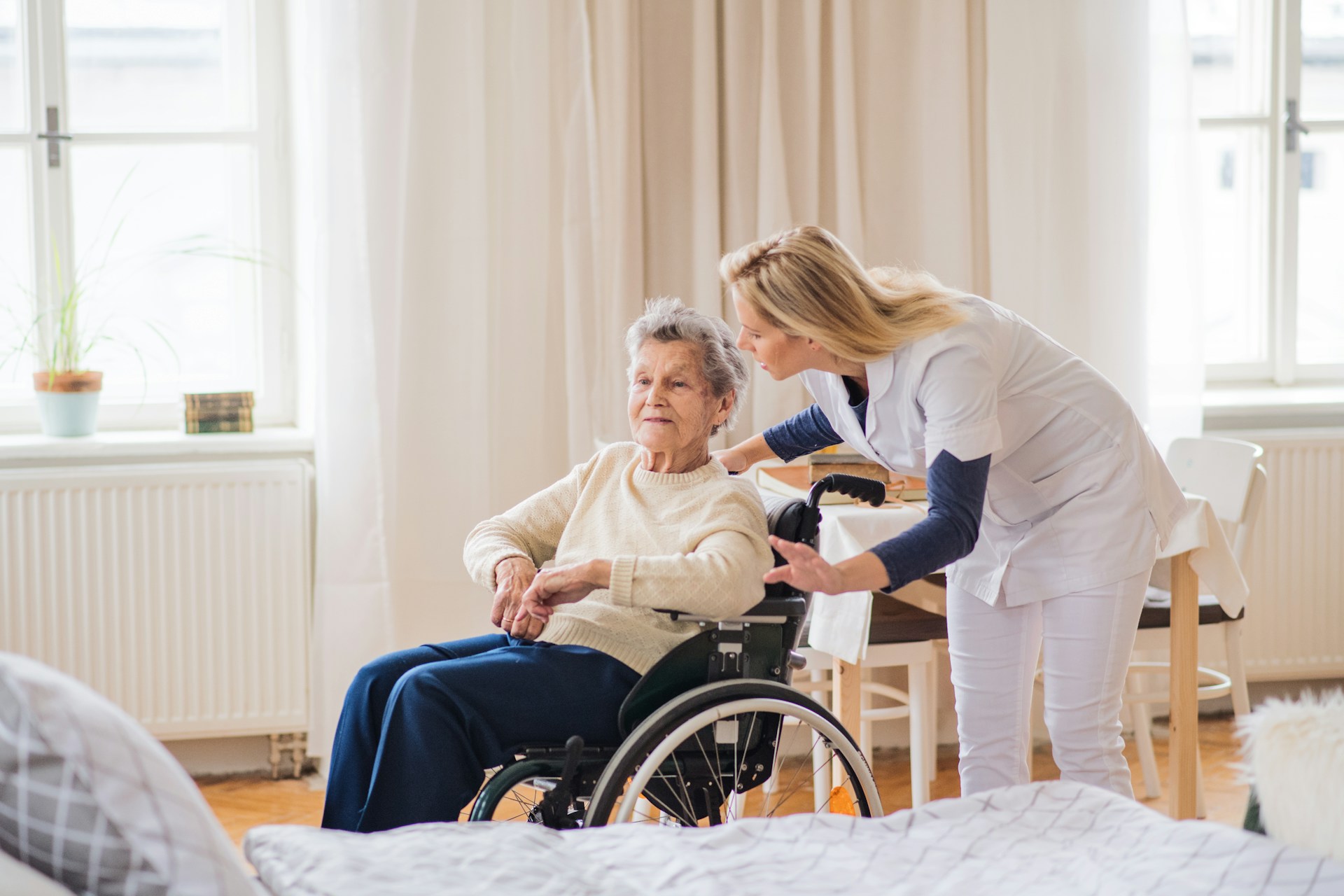Preventing Falls And Injuries In Hospice Patients

August 06, 2025
The journey of hospice care is filled with compassion and understanding, aimed at providing comfort and support during a challenging period. One of the main concerns in this setting is ensuring the safety of patients, especially when it comes to preventing falls and injuries. Falls can have significant impacts on the health and well-being of hospice patients, making it vital to implement effective safety measures. Whether it’s creating a safer living space or understanding the specific risks involved, taking steps to prevent falls can greatly enhance the quality of life for patients and give family members peace of mind.
Careful planning and consistent support play crucial roles in achieving this goal. From assessing individual risk factors to implementing practical strategies, there are various ways to make the environment safe. By understanding the unique needs of hospice patients and working closely with care providers, families can help create an environment where their loved ones feel secure and comfortable. Let’s explore some practical steps that can be taken to minimize risks and ensure a supportive atmosphere.
Assessing Risk Factors
Understanding the risks that can lead to falls is the first step in preventing them. Hospice patients often face unique challenges due to their medical conditions, medications, and mobility issues. Changes in vision, muscle weakness, or dizziness from medications might increase the likelihood of falls. Identifying these specific risk factors helps caregivers and families create a safer environment for loved ones.
To get started, here are a few things to consider:
– Medication Effects: Sometimes, medications can cause dizziness or drowsiness, increasing the chance of a fall.
– Mobility Issues: Muscle weakness or joint pain may hinder movement, requiring extra support.
– Environmental Hazards: Clutter, flooring, and poor lighting can all contribute to falls.
Hospice care providers play an essential role in assessing these risks. A thorough evaluation by professionals can identify areas of concern and provide insight into appropriate interventions. This tailored approach ensures that each patient’s specific needs are considered, helping to create a comprehensive safety plan that aligns with their condition and living situation. Working closely with the care team allows families to be actively involved in the process, making the home or hospice facility a haven of comfort and security.
Creating a Safe Environment
After recognizing risk factors, adapting the living space is a practical way to reduce falls for hospice patients. Simple changes can improve safety and create a comfortable setting. Consider these practical tips:
– Clear Pathways: Remove clutter and ensure walkways are free from obstructions. Arrange furniture to allow easy movement.
– Secure Carpets and Rugs: Use non-slip mats and secure loose rugs that might cause tripping.
– Improve Lighting: Make sure all areas are well-lit, including hallways and staircases. Use nightlights for better visibility at night.
– Handle Grab Bars: Install grab bars in bathrooms and other areas where support is needed.
– Accessible Essentials: Keep necessary items within easy reach to prevent unnecessary movement that could lead to falls.
By focusing on these elements, you can make the environment much safer and more supportive. This kind of thoughtful arrangement helps patients feel more secure, allowing them to navigate their space with greater confidence and peace.
Implementing Fall Prevention Strategies
Putting preventive strategies into practice requires thoughtful planning and cooperation. Here are some effective approaches to consider:
– Assistive Devices: Equip patients with tools like walkers or canes to help them move around safely.
– Proper Footwear: Make sure patients wear shoes that fit well and have non-slip soles. This simple step often prevents slips.
– Regular Physical Activity: Encourage gentle exercises, like stretching or short walks, that can improve balance and strength. Consult with care providers to find suitable activities tailored to the patient’s condition.
Caregivers play a central role in supporting these strategies, from securing assistive devices to encouraging physical activity. Regular monitoring ensures these measures fit the patient’s evolving needs, promoting an effective prevention plan tailored to individual circumstances.
Training and Support for Caregivers
Beyond environmental changes and preventive strategies, caregiver training is an essential element of fall prevention. Proper training helps caregivers manage potential emergencies and reinforces daily routines that support safety.
Caregivers should focus on learning:
– Fall Management Techniques: Understanding how to assist a patient safely after a fall without causing further harm.
– Monitoring Changes: Recognizing shifts in the patient’s condition that might require altering safety strategies.
Accessing resources like community programs or workshops can provide caregivers with the skills and confidence they need. These tools foster a supportive network and empower caregivers to maintain a safe and nurturing environment.
The Importance of Fall Prevention
Taking these steps to prevent falls not only safeguards patients but also enhances their quality of life. By proactively addressing risk factors and equipping caregivers with the right tools and knowledge, you create a nurturing space where patients can focus on comfort and dignity.
Understanding the unique challenges hospice patients face and implementing these strategies show a commitment to caring support. The combined efforts of assessing risks, adapting environments, and empowering caregivers form a holistic approach to safety in hospice care. Proper planning and compassionate support make a significant difference in the lives of those in care, ensuring that their journey is as comfortable and secure as possible.
To ensure your loved one’s safety and comfort in hospice care, explore our comprehensive hospice services at Inspire Hospice. Our full range of offerings, including medical care, pain management, and emotional support, is designed to meet the unique needs of patients and families. Discover how our compassionate team in Atlanta can provide the support and guidance you need during this time.
Filed under:
Articles and Resource Topics

A Registered Nurse is available to answer your questions about hospice and palliative care services:
- Discuss your unique situation to determine how Inspire services can be tailored to care for you and your family
- Discuss insurance, Medicare and answer other concerns about eligibility, benefits, and other care options
- Answer any questions you have about comfort care



